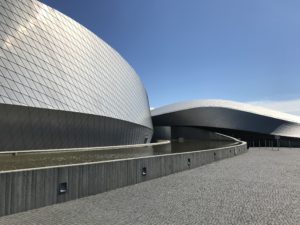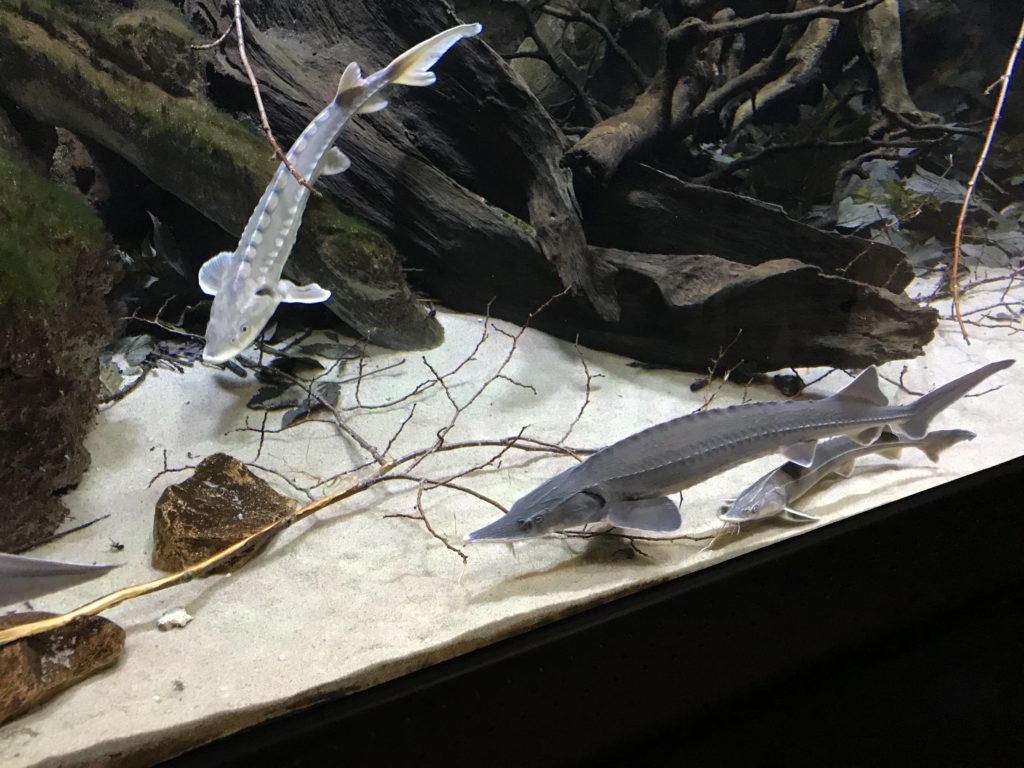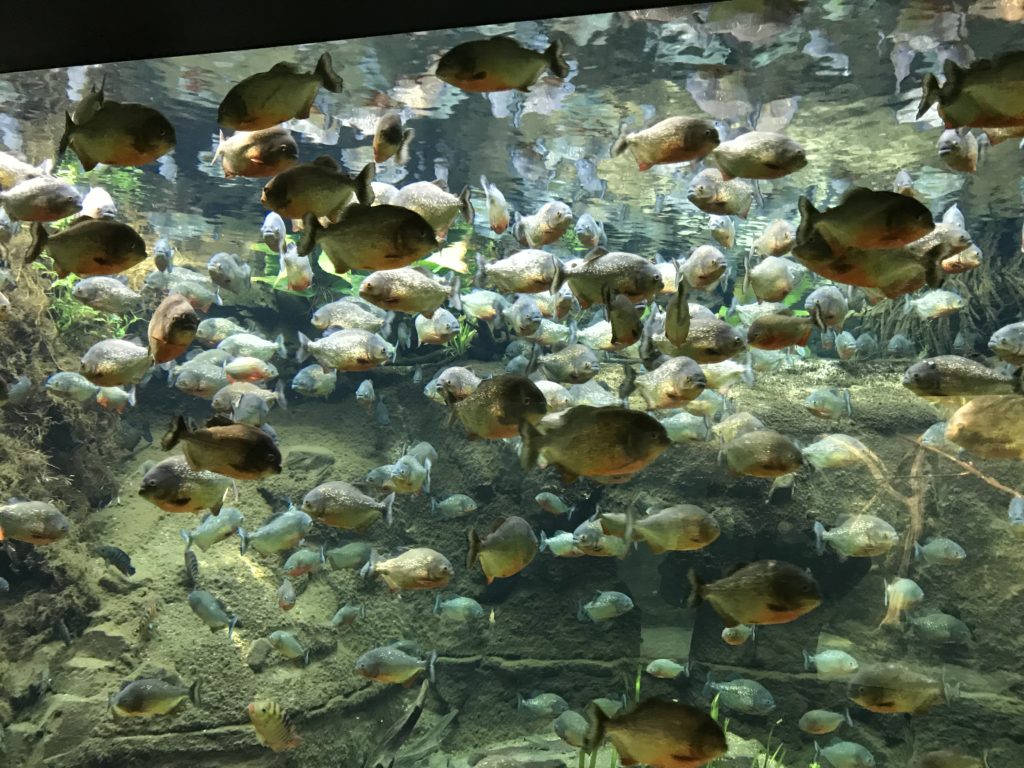 Wherever I science travel in the world I look for aquariums. Den Blå Planet (The Blue Planet) now has the distinction of being the 50th aquarium I’ve visited in the world. [Check out the other 49 here] Located in Kastrup, a suburb of Copenhagen, Denmark, and also known as the Denmark National Aquarium, it’s the largest aquarium in northern Europe.
Wherever I science travel in the world I look for aquariums. Den Blå Planet (The Blue Planet) now has the distinction of being the 50th aquarium I’ve visited in the world. [Check out the other 49 here] Located in Kastrup, a suburb of Copenhagen, Denmark, and also known as the Denmark National Aquarium, it’s the largest aquarium in northern Europe.
It’s a rather new aquarium, opening in 2013. So new that when I spent several days in Copenhagen in 2015 I missed its very existence. The aquarium is out of Copenhagen central a bit, not far from the airport. Getting there requires either driving or taking the Metro system with a walk at the end. Most visitors won’t have a car and the nearest Metro station is often not convenient so the aquarium has a free bus that leaves from near the central train station.
The aquarium’s most unique feature is its architecture. Viewed from above, the building creates a whirlpool effect, although unfortunately this grand effect is lost on most visitors as from the ground all you see is a sweeping stainless steel wing curving away from the entrance. Inside, the aquarium uses modern touchscreen displays that highlight the habitats and fish in the tanks. Touch a specific fish and the screen expands to give its life history. These interactive displays enhance the learning experience and can be viewed in Danish or English.
There are five main sections covering major biomes: Rainforest, African Great Lakes, Cold Water, Warm Water, and Evolution and Adaptation.
As has become common with newer aquariums, Den Blå Planet has a huge glass wall through which you can see into the main tank. Otherwise, most of the tanks are rather pedestrian with no clear specialty. Having seen so many aquariums I’ve noticed that most have some unique appeal that sets it apart. This aquarium seemed not to have anything that would qualify other than the external architecture. One might argue that an exception is the section on species from Lake Malawi, Lake Tanganyika, and Lake Victoria in Africa, but even here the focus was on cichlid species that are the mainstay of virtually every aquarium. I didn’t see any jellyfish displays. There are none of the larger sea mammals like whales and dolphins, which have fallen out of favor because living conditions are generally not sufficient. They did, however, have one cute sea otter lolling in a small outside area and munching on ice cubes.
It took us only an hour or so to go through the entire building. There were plenty of children’s groups swarming the displays, which is both a positive (it shows the aquarium’s educational value) and a negative (loud and crowded). Overall, however, I found Den Blå Planet to be a nice aquarium and worth the visit. Take the free bus from city center to maximize the value.
See here for links to other aquariums I’ve profiled.
David J. Kent is an avid science traveler and the author of Lincoln: The Man Who Saved America, in Barnes and Noble stores now. His previous books include Tesla: The Wizard of Electricity (2013) and Edison: The Inventor of the Modern World (2016) and two e-books: Nikola Tesla: Renewable Energy Ahead of Its Time and Abraham Lincoln and Nikola Tesla: Connected by Fate.
Check out my Goodreads author page. While you’re at it, “Like” my Facebook author page for more updates!















